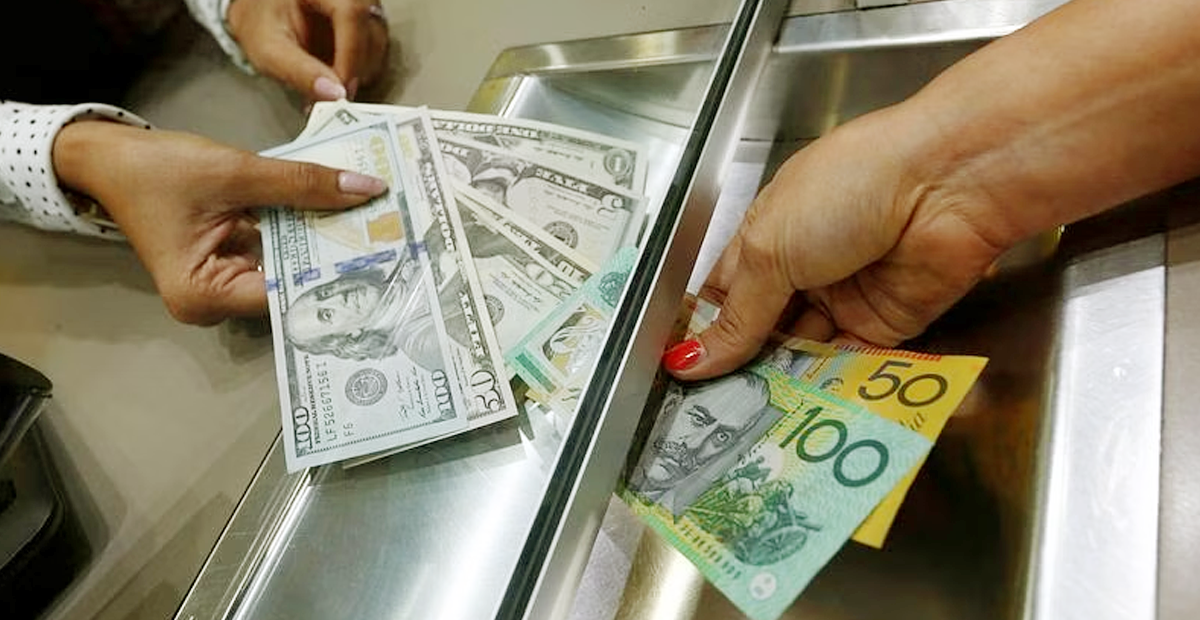Australian Dollar Falls as RBA Holds Interest Rate at 4.35%
The Australian Dollar (AUD) saw its recent rally come to a halt on Tuesday, following the Reserve Bank of Australia’s (RBA) decision to maintain the official cash rate at 4.35%. This decision came despite market anticipation of a possible shift towards a more aggressive monetary policy, spurred by recent inflation figures surpassing expectations.
Last week’s inflation data indicated a sustained price increase, leading to speculation that the RBA might consider tightening its monetary policy. However, the latest decision to keep interest rates steady suggests a cautious approach by the central bank amidst ongoing economic uncertainties.
Inflation dynamics in Australia have been intriguing, with the Consumer Price Index (CPI) showing a decrease in inflation during the first quarter—marking the fifth consecutive quarter of deceleration. Despite this trend, inflation rates still exceeded initial forecasts. Adding to the complexity, Australia’s monthly CPI for March showed an unexpected surge, contrasting sharply with forecasts that had predicted stable prices. This resurgence in inflation has added to the speculation about the future direction of monetary policy.
Simultaneously, the US Dollar (USD) is experiencing volatility. The US Dollar Index (DXY), which measures the USD’s strength against six major currencies, has been under pressure following the release of weaker-than-expected US labor market data. The soft employment figures from the US have dampened the dollar’s strength and revived expectations that the Federal Reserve might implement interest rate cuts in 2024 to support economic growth.
This backdrop of fluctuating economic indicators and uncertain fiscal policies is shaping the global currency markets. For the Australian Dollar, the RBA’s decision to hold rates steady is a significant factor that could influence its short-term movements against major currencies. Market participants will continue to scrutinize domestic economic data and global economic trends closely, as these will play crucial roles in shaping the central bank’s policy outlook in the coming months.
Overall, while the Australian Dollar paused its upward trajectory, the broader financial landscape remains dynamic, with various international factors influencing currency valuations and monetary policy decisions globally.

.webp)




